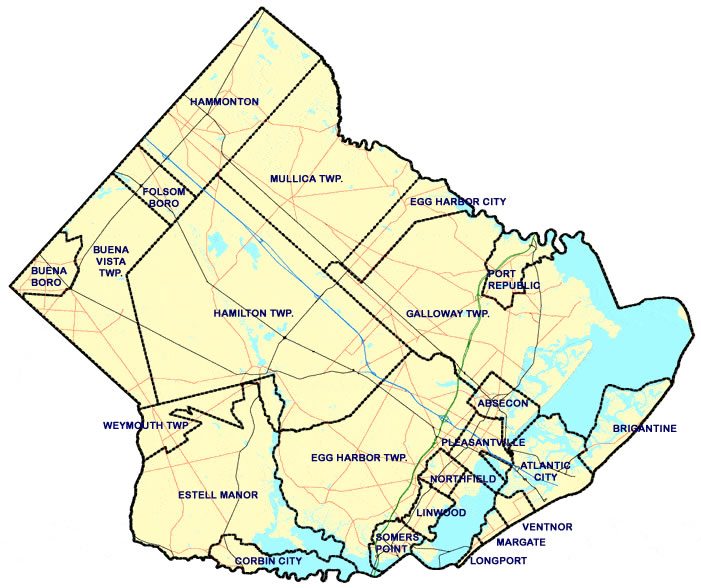Houses For Sale Atlantic County Nj – With the rising costs of new products, especially in categories like electronics, clothing, and furniture, purchasing second-hand items can offer significant savings. The world of second-hand goods for sale is vast and varied, encompassing everything from clothing, electronics, and furniture, to books, antiques, and collectibles. This connection between consumers and the creators of quality goods is something that’s been fostered for centuries. In some cases, buyers may also acquire businesses with existing intellectual property, such as patents, trademarks, or proprietary technologies, which can offer a competitive edge in the market. What will come next? What new opportunities will arise from this decision? When an item is placed “for sale,” it’s not just the object that’s changing hands; it’s often a reflection of the personal changes happening within the seller. When everything becomes a transaction, we risk losing sight of what truly matters. People often feel like they are for sale, too, in various ways. It’s a moment of transition, and as with all transitions, it brings with it both excitement and uncertainty. This ensures that the product is fully functional and free of defects, providing peace of mind for buyers. It is subjective, shaped by cultural norms, individual preferences, and the evolving standards of various industries. In this broader sense, the concept of “for sale” is not just about the exchange of goods; it’s a driving force in the global economy, influencing how people live, work, and interact with the world around them. The growing interest in second-hand goods can also be attributed to shifting cultural attitudes toward consumption. Second-hand goods for sale have become an integral part of today’s economy, a trend that transcends geographic, economic, and cultural boundaries. When an item is marked as “for sale,” it enters a space where value is defined not only by the object itself but by the context in which it’s placed. Art, music, literature — these expressions of human creativity and emotion are not always bound by the rules of commerce. People place their belongings for sale for many reasons. Online platforms also give buyers and sellers the chance to evaluate one another through reviews and ratings, adding an extra layer of trust and security to the transaction. While buying and selling second-hand items can come with its challenges, the rewards—both financially and environmentally—make it a worthwhile pursuit for many people. Books, records, and collectibles are also highly sought after in the second-hand market. This can be particularly advantageous for entrepreneurs who might have experience in business operations but lack the time or resources to build a new venture from the ground up.

Atlantic County, NJ Sheriff’s Department Issues Scam Alert
Find the best agentscustomize your searchcoming soon listings

Atlantic County Rivera Realty
Find the best agentscustomize your searchcoming soon listings

Map Of Atlantic County Nj Big Bus Tour Map
Find the best agentscustomize your searchcoming soon listings

Atlantic County New Jersey Soybean Board
Find the best agentscustomize your searchcoming soon listings

Starting Fresh in Atlantic County, NJ Keystoneoutdoor Blog
Find the best agentscustomize your searchcoming soon listings

COUNTY HOME ATLANTIC COUNTY
Find the best agentscustomize your searchcoming soon listings

Atlantic County BLSJ Remodelers
Find the best agentscustomize your searchcoming soon listings

10 most expensive homes sold in Atlantic County, July 31 Aug. 6
Find the best agentscustomize your searchcoming soon listings

Atlantic County, NJ Housing Market House Prices & Trends Redfin
Find the best agentscustomize your searchcoming soon listings

Map Of Atlantic County Nj Maping Resources
Find the best agentscustomize your searchcoming soon listings
The world of second-hand shopping has also made quality goods more accessible. Whether it’s a rare collectible, a discontinued item, or a vintage piece of clothing, online platforms offer a global marketplace where buyers and sellers can connect over products that may not be easily found elsewhere. For example, an old wooden chair might be sanded down and refinished into a modern piece of furniture, or a vintage dress might be altered to fit a contemporary style. The longer something is used, the less likely it is to contribute to the growing problem of waste. When a person creates something, they are offering a piece of themselves to the world, not for sale, but as a gift. But in reality, even the most profound relationships can be commodified in some way. When an item is marked as “for sale,” it enters a space where value is defined not only by the object itself but by the context in which it’s placed. In this sense, quality is not just about prestige; it’s about making thoughtful choices that contribute to a more sustainable and rewarding lifestyle. A well-made product simply performs better. This sense of connection can also extend to the broader culture of quality goods, where consumers and creators share a commitment to excellence and a desire to preserve the craft and tradition behind these products. Quality goods for sale are not just limited to luxury items or high-end brands. Due diligence is a crucial part of the process, where the buyer investigates the business thoroughly to ensure that there are no hidden liabilities, potential risks, or operational inefficiencies. They become part of the story of the buyer and the creator, connecting people to a tradition of excellence, heritage, and care. For environmentally conscious consumers, buying second-hand is not just a cost-effective choice, but a way to make a positive contribution to the planet. Just as with material possessions, when a person is “for sale,” they put their value on display for others to assess. Each item was unique, and the quality was immediately apparent to the buyer. Online platforms such as eBay, Craigslist, and Facebook Marketplace have made it easier than ever for individuals to sell their unwanted items to a global audience. For instance, businesses in industries such as technology, renewable energy, or e-commerce may attract more buyers due to their perceived growth potential. It carries with it a deep sense of commodification — the idea that every part of our lives, every piece of our history, every corner of our existence, has a price attached to it. For the seller, the goal is to achieve the highest price possible for the business, while for the buyer, the goal is often to secure a fair price that reflects the true value of the business.
Another key benefit of second-hand goods is their positive impact on the environment. As technology continues to advance at a rapid pace, second-hand electronics can offer a way for consumers to keep up with the latest gadgets without breaking the bank. The world of second-hand goods for sale is vast and varied, encompassing everything from clothing, electronics, and furniture, to books, antiques, and collectibles. Workers are often paid meager wages for their labor, while corporations amass wealth. The second-hand market is not just about saving money; it’s about embracing a more sustainable, mindful way of consuming that values reuse, repurposing, and the stories behind the items we choose to keep. It doesn’t fall apart after a few uses, nor does it need to be replaced after a season. Similarly, during periods of economic growth, there may be a greater willingness to spend on luxury second-hand items, such as high-end fashion or collectible items. The sale agreement will include details about the purchase price, payment terms, assets being transferred, and any contingencies that may apply. Thrift stores, estate sales, and online marketplaces are excellent places to find second-hand furniture, with options ranging from antique and vintage pieces to more contemporary items. This leads to the accumulation of waste that ends up in landfills, contributing to pollution and the depletion of valuable resources. For the buyer, there is the risk of inheriting a business with hidden problems or liabilities that were not disclosed during the due diligence process. Additionally, trends in sustainability and eco-conscious living have contributed to the growth of the second-hand market, as consumers become more aware of the environmental impact of their purchasing decisions. Thrift stores and consignment shops often work with charitable organizations or local non-profits, using the proceeds from sales to support various causes. For book lovers, buying second-hand books is an affordable way to build a library, and it can also be an opportunity to find rare or out-of-print titles that are no longer available in stores. In this sense, online second-hand markets have not only made pre-owned goods more accessible but have also made them more desirable, offering an alternative to the mass-produced, one-size-fits-all nature of new products. The truth is that the idea of quality is deeply rooted in the philosophy of craftsmanship, heritage, and trust, which explains why certain items, often categorized as quality goods, tend to be prized more than others, even when they may come with a higher price tag. The materials used, whether it’s hardwood, durable fabrics, or premium upholstery, are chosen for their longevity and aesthetic appeal. Buyers can often filter search results by price, condition, and location, making it easier to find the best deals. Used bookstores, both physical and online, offer an extensive selection of pre-owned books, from contemporary novels to classic literature. Whether through their durability, aesthetic appeal, or the values they embody, these products go beyond simple transactions.